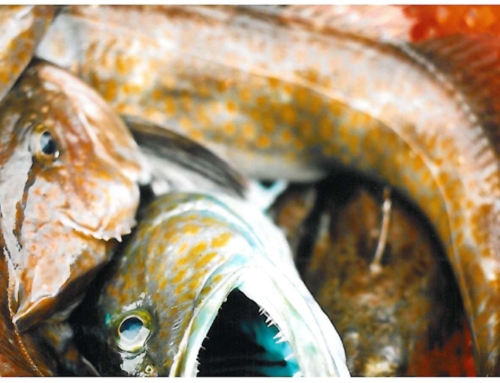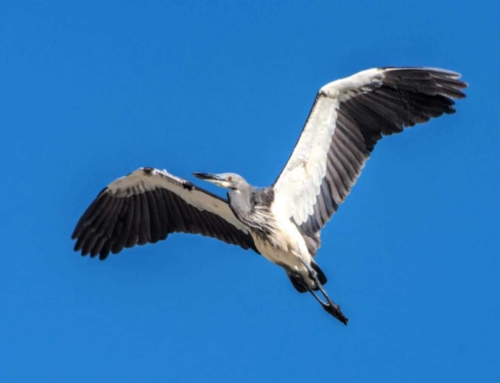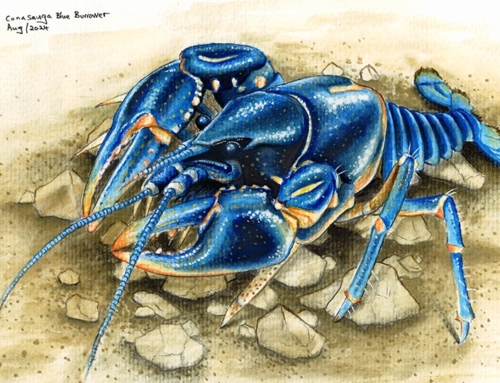As many as 222 amphibian species could already have gone extinct, and 2,873 are in danger of extinction, says the second Global Amphibian Assessment, which has been published in the journal Nature.
The study analyses two decades’ worth of data from around the world, evaluating the extinction risk of 8,011 amphibian species for the International Union for Conservation of Nature (IUCN) Red List, which assesses each species’ conservation status according to criteria such as population size and trend, habitat condition, prevalent threats, and range and categorises them on a scale from ‘Least Concern’ to ‘Extinct’.
The Chiriqui harlequin frog, Atelopus chiriquiensis. The sharp-snouted day frog, Taudactylus acutirostris. The wry lip brittle-belly frog, Craugastor myllomyllon. The Jalpa false brook salamander, Pseudoeurycea exspectata.
These are the four amphibian species confirmed extinct since the first Global Amphibian Assessment was completed in 2004. The second assessment has just been completed and published in Nature, and although the number of confirmed amphibian extinctions has only risen from 33 to 37, the real figure could be 222 (adding the species categorised as Critically Endangered, Possibly Extinct), but most likely even higher, as we do not have vast historical data on amphibian species.
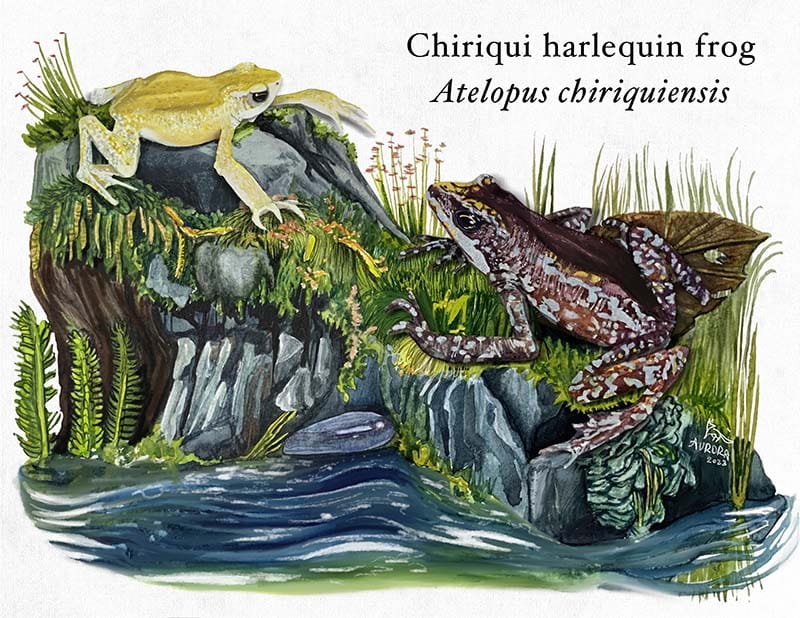
The Chiriqui harlequin frog was one of the confirmed extinctions of the second Global Amphibian Assessment, last seen in Costa Rica in 1996. Illustration by Aurora Gomez Espinoza.
Why amphibians?
But why are amphibian extinctions something to be worried about? If you don’t have a love for these semi-aquatic creatures, with their bright colours, metallic eyes, and metamorphising life cycle (and admittedly, at Synchronicity Earth, we’re not sure why you wouldn’t), there are plenty more reasons why we need to pay attention to amphibians.
Amphibians thrive in healthy ecosystems, so the decline of amphibian populations is an important warning that an ecosystem is in decline, alerting us to take action before more species are affected. They also have important roles to play, in the food web both by eating and being eaten (without them, insect populations could skyrocket and threaten humans, livestock, and plants); recycling natural materials and transferring nutrients between land and freshwater. They also have an important role in human cultures worldwide, as explored recently by Dr Pria Ghosh’s Amphibians and Culture blog series.
But aside from the wider picture, the endangerment and extinction of each amphibian species due to our treatment of the planet is a permanent loss of a fascinating, unique, and ancient legacy of the natural world.
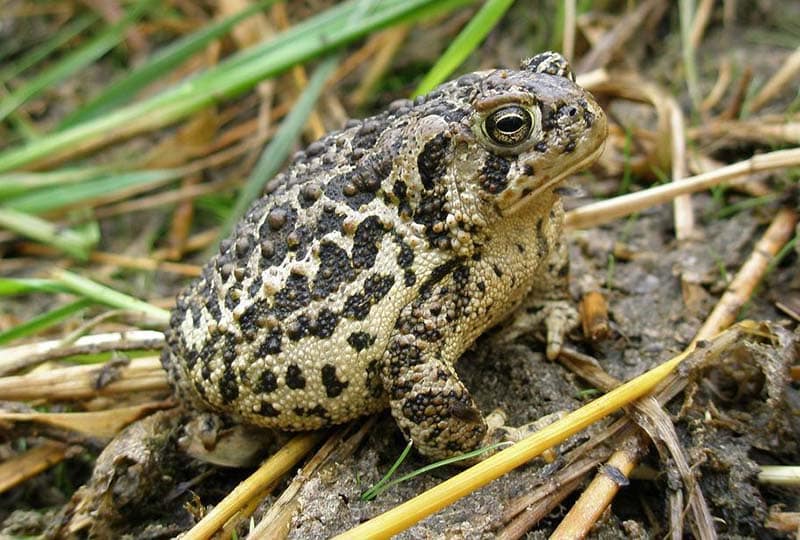
The Wyoming toad is one of the only species classified as ‘Extinct in the wild’, as since 1991 it has existed only in captivity within Mortenson Lake National Wildlife Refuge in Wyoming in the United States. Image: Sara Armstrong USFWS
Raising the alarm
The main drivers of decline in amphibian populations represent the issues we have to be most concerned about for our natural world: disease and habitat loss/degradation. The faster amphibian populations decline, the more we should be worried for our planet ecosystem as a whole.
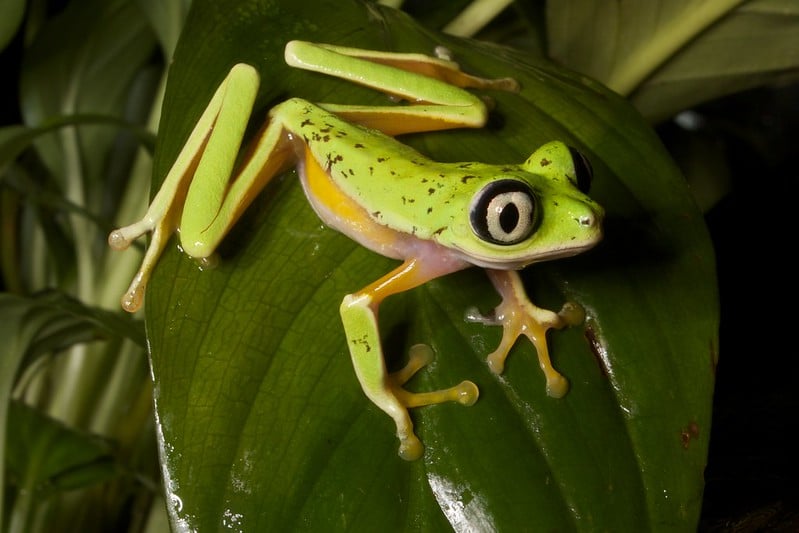
The lemur leaf frog is Critically Endangered due to huge declines (most likely due to chytridiomycosis) and habitat destruction and fragmentation across its range in Costa Rica, Panama, and Colombia. Image: Brian Gratwicke CC BY-NC-ND 2.0 DEED
Habitat loss affects 93% of threatened amphibian species. Diving into that a little deeper, the main driver of this is agriculture and aquaculture, followed by timber and plant harvesting, then infrastructure development (e.g., roads, towns/cities).
The second Global Amphibian Assessment reports that the Neotropics (with 48% of all amphibian species) have suffered the great amphibian declines, mainly driven by devastating chytridiomycosis outbreaks in the 1970s-1990s. The fungal disease chytridiomycosis was first discovered in 1993 in Queensland, Australia. This means that many species were driven to the edge of survival before people had even realised what was going on.
But we also need to attend to the latest alarm bell, ringing throughout the latest report: climate change.
“As humans drive changes in the climate and habitats, amphibians are becoming climate captives, unable to move very far to escape extreme heat, wildfires, drought, hurricanes and other effects of climate change,” said Jennifer Luedtke Swandby, Re:wild Manager of Species Partnerships and one of the lead authors of the study.
“Our study shows that we cannot continue to underestimate this threat. Protecting and restoring forests is critical not only to safeguarding biodiversity, but also to tackling climate change.”
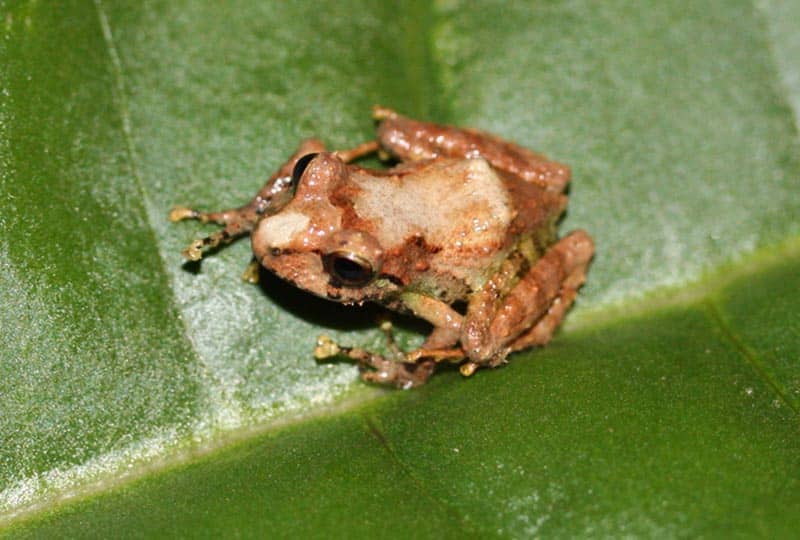
Craugastor polymniae was one of the ‘conservation-dependent’ downlistings in the assessment, having been considered Critically Endangered in 2004, thanks to conservation efforts in Mexico it is now Near Threatened (outside the ‘Threatened’ category). Image: Sean Michael Rovito CC-BY-NC-SA-3.0
Research is invaluable to conservation
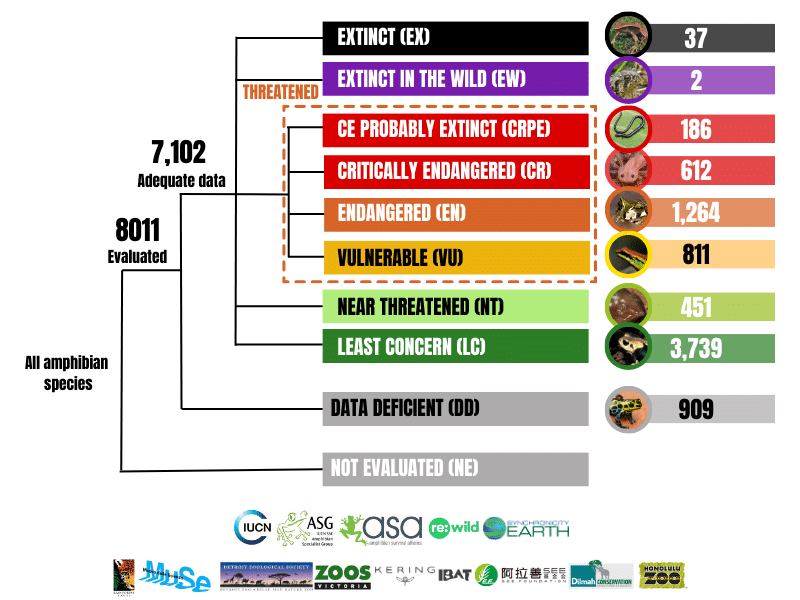
The second Global Amphibian Assessment classified 7,992 amphibian species into the IUCN Red List categories for conservation status. Image: Synchronicity Earth
The data in the second Global Amphibian Assessment provides a guide for how action for amphibians can be targeted and effective. For example, thanks to the Red List data, almost 1,200 Key Biodiversity Areas have been identified for amphibians worldwide.
As well as supporting the IUCN Amphibian Red List Authority (ARLA) to complete the Global Amphibian Assessment, Synchronicity Earth uses this data to refine the priorities of our own Amphibian Programme. For example, as well as the Neotropics, other areas with large concentrations of threatened amphibians include western Cameroon and eastern Nigeria, the Eastern Arc Mountains of Tanzania, Madagascar, the Western Ghats of India, Sri Lanka, and central and southern China.
“The history of amphibian conservation itself proves how vital this information is,” says Adam Sweidan, Chair and co-Founder of Synchronicity Earth.
“If the IUCN Red List had been updated on a similar scale in the 1970s that it is today, we could have traced the sweeping amphibian pandemic twenty years before it devastated amphibian populations. But it isn’t too late- we have this wealth of information, we have the Amphibian Conservation Action Plan, but plans and information are not enough. We need to act. We need to act fast!”


